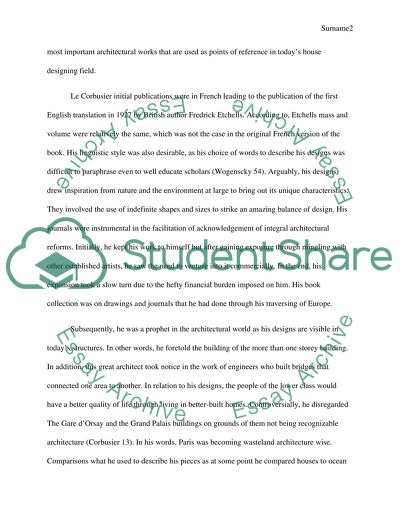Cite this document
(“Le corbusier Research Paper Example | Topics and Well Written Essays - 2000 words”, n.d.)
Retrieved from https://studentshare.org/architecture/1457290-le-corbusier
Retrieved from https://studentshare.org/architecture/1457290-le-corbusier
(Le Corbusier Research Paper Example | Topics and Well Written Essays - 2000 Words)
https://studentshare.org/architecture/1457290-le-corbusier.
https://studentshare.org/architecture/1457290-le-corbusier.
“Le Corbusier Research Paper Example | Topics and Well Written Essays - 2000 Words”, n.d. https://studentshare.org/architecture/1457290-le-corbusier.


